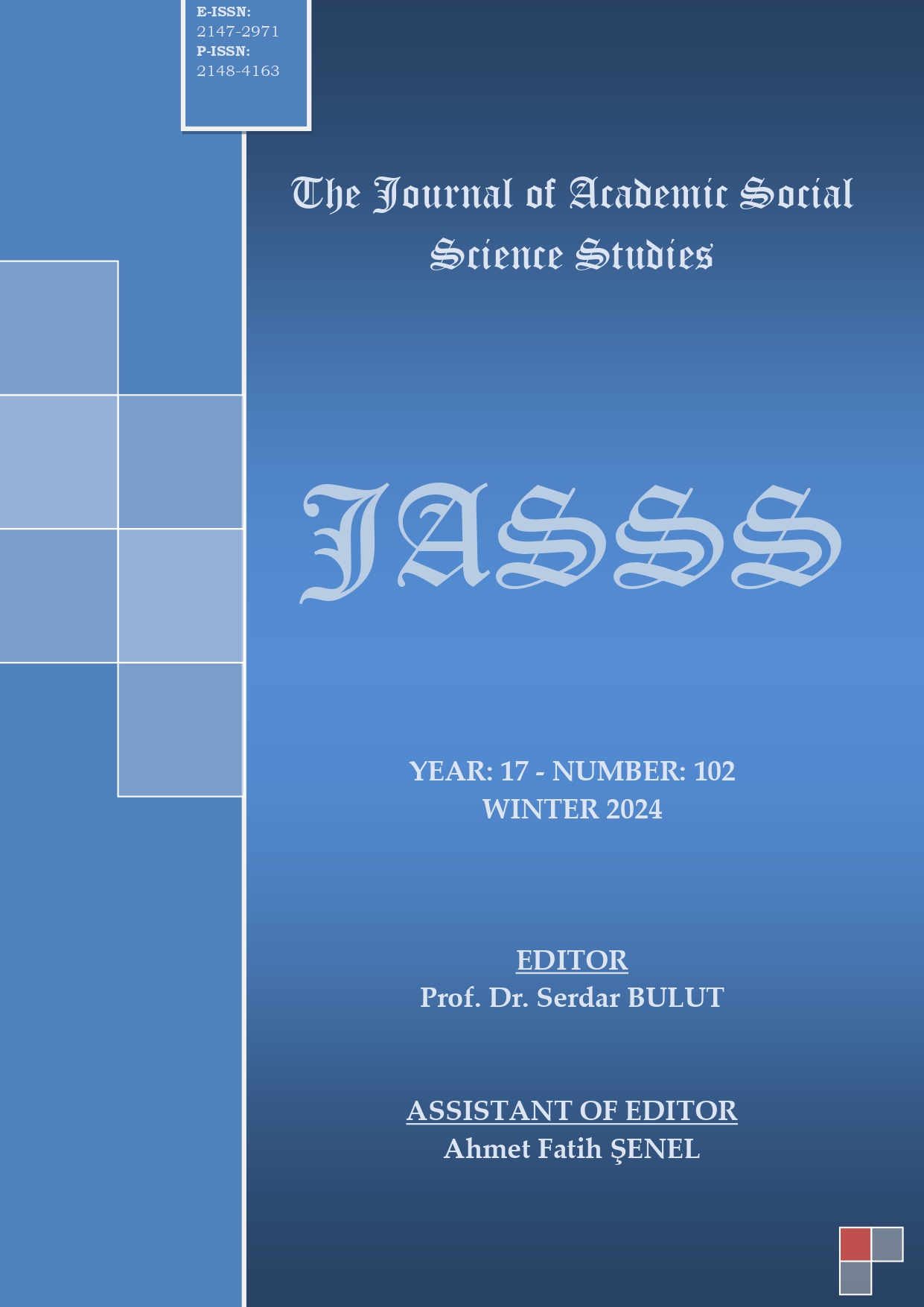Author :
Abstract
Meâller, Arapça bilmeyenlerin Kur’ân’ın anlamına ulaşması için en hızlı yöntemdir. Çünkü meâllerin okunması, tefsirlere kıyasla daha az zaman alır ve yazarların gerektiğinde eklediği parantez içi açıklamalar veya dipnotlarla ayetlerin en azından temel düzeyde anlaşılmasına yardımcı olur. Ancak meâllerin Kur’ân’ın kendisi olmadığını ve çeşitli eksiklikler taşıdığını unutmamak gerekir. Meâli hazırlayan kişinin hedef dile ve Arapçaya hâkimiyeti, Kur’ân’ın muhtevasına dair bilgisi ve dini birikimi gibi faktörler, zaten doğası gereği eksiklik barındıran meâllerin, muhtevayı yansıtması bakımından kalitesini de etkiler. Meâller hazırlanırken dikkat edilmesi gereken en önemli konulardan biri de kelimelerin çok anlamlılığıdır. Bu durum hem dilin kendisinden kaynaklanır hem de Kur’ân’ın bazı kelimelere verdiği özel anlamlar ve bu kelimelerin kullanıldığı bağlamla ilgilidir. Çok anlamlı bir kelimeye, temel anlam, yan anlam veya Kur’ân’ın ona yüklemiş olabileceği özel manayı görmezden gelerek bunlardan herhangi birisini yüklemek, âyetin maksadına ulaşmayı zorlaştıracaktır. Bu nedenle, meâller hazırlanırken, Kur’ân’ın indirildiği dönemdeki Arapçaya, Kur’ân sözlüklerine ve vücūh-neẓāʿir kaynaklarınaa başvurulması; ayrıca âyetin hem içsel hem de dışsal bağlamının göz önünde bulundurulması gereklidir. Bu makalede, Kur’ân’da 33 âyette 43 kez geçen nūr kelimesinin sözlük ve terim manası üzerinde durulacak, ardından vücūh-neẓāʿir kaynaklarından faydalanılarak bu kelimenin Kur’ân’da kullanıldığı manalar aktarılacaktır. Son olarak Kur’ân’da nūr kelimesinin zikredildiği otuz üç âyette bu kelimeye verilen anlam çok sayıda meâl üzerinden mushaf tertibine göre değerlendirilerek klasik kaynaklardan da yararlanarak âyetin bağlamına en uygun anlam tespit edilmeye çalışılacaktır. Çalışmanın maksadı, vahyin anlamı başka dillere aktarılırken çokanlamlılık olgusuna azami dikkat edilmesi gerektiğine vurgu yapmanın yanında Kur’ân’ın farklı mana boyutları bulunması nedeniyle nūr örneğinden hareketle Kur’ân’daki lafızlara farklı anlamların takdir edilebilmesinin mümkün olduğuna işaret etmektir.
Keywords
Abstract
Translations (meals) are the quickest way for non-Arabic speakers to access the meaning of the Qur'an. This is because translations take less time to read compared to tafsirs (exegeses), and the explanations added by the translators in parentheses or footnotes where necessary help in understanding the verses, at least at a basic level. However, it is important to remember that translations are not the Qur'an itself and contain various shortcomings. Factors such as the translator's proficiency in both the target language and Arabic, their knowledge of the Qur'an’s content, and their religious background influence the quality of the translations, which are inherently limited in fully conveying the message. One of the most crucial aspects to consider when preparing translations is the polysemy of words. This issue stems from the nature of the language itself as well as the special meanings that the Qur'an assigns to certain words and the context in which they are used. Assigning any meaning—whether a basic, secondary, or a Qur'anic-specific meaning—without considering these nuances may hinder the understanding of the verse’s intended message. Therefore, when preparing translations, it is essential to refer to the Arabic language of the time when the Qur'an was revealed, to Qur'anic dictionaries, and to resources such as wujūh and naẓāʿir (lexical studies). Additionally, the internal and external contexts of the verse must be taken into account. In this article, the lexical and terminological meaning of the word nūr, which appears 43 times in 33 verses in the Qur'an, will be examined. Following this, the meanings in which this word is used in the Qur'an will be conveyed by utilizing wujūh-naẓāʿir sources. Finally, in the verses where the word nūr is mentioned in the Qur'ān, the meaning given to this word in the Turkish meāl studies will be evaluated according to the order of the mushaf and the most appropriate meaning will be determined by making use of classical sources.The purpose of this study is to emphasize the need to pay utmost attention to polysemy when transferring the meaning of revelation into other languages, as well as to highlight, using the example of nūr, that multiple meanings may be ascribed to words in the Qur'an due to its various dimensions of meaning.





